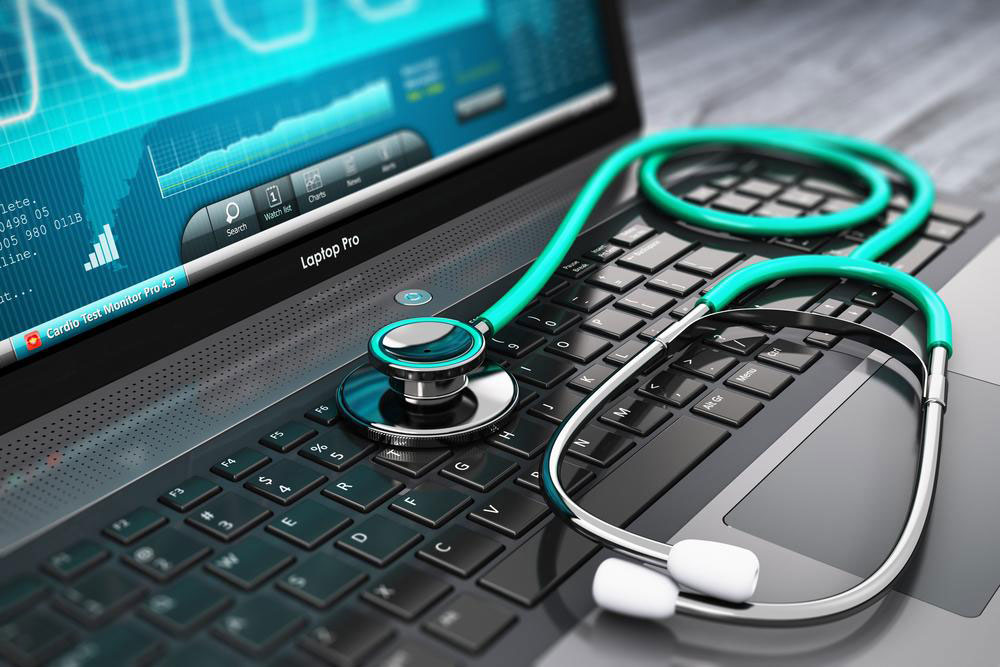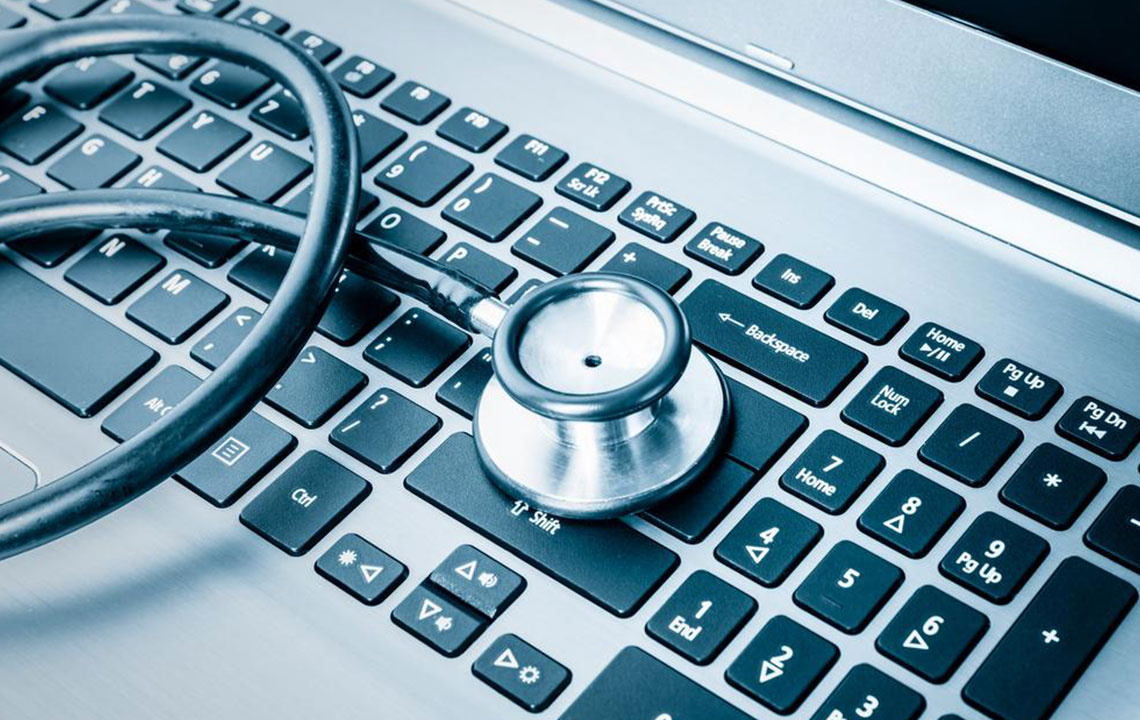Comprehensive Benefits of Adopting Healthcare Billing Software for Medical Practices
Implementing healthcare billing software offers numerous benefits including reduced paperwork, streamlined claims processing, real-time data access, cost savings, and ease of use. These advantages help healthcare providers improve efficiency, accuracy, and revenue management, ensuring faster reimbursements and better patient services. Embracing digital billing solutions is vital for modern practices aiming to optimize their operations and stay competitive in the evolving healthcare landscape.

Comprehensive Benefits of Adopting Healthcare Billing Software for Medical Practices
In the rapidly evolving healthcare industry, efficient management of patient billing and records is crucial for ensuring smooth operations, financial stability, and high-quality patient care. Traditional manual billing processes, which rely heavily on paper documentation and manual data entry, are increasingly being replaced by advanced healthcare billing software systems. These digital solutions offer a multitude of benefits that streamline administrative workflows, enhance data accuracy, and accelerate reimbursement cycles. This comprehensive overview delves into the key advantages of implementing healthcare billing software and how it can transform medical practices of all sizes.
Reducing Paperwork and Minimizing Errors
One of the most immediate benefits of adopting healthcare billing software is the significant reduction in paperwork. Manual billing processes involve extensive paper forms, handwritten notes, and physical filing systems, creating opportunities for human error, lost documents, and delayed payments. Digital billing platforms convert these manual tasks into automated workflows, securely storing all data electronically. This shift not only minimizes the clutter and physical storage needs but also enhances data integrity. By reducing manual data entry, healthcare providers can drastically lower the risk of calculation mistakes, incorrect patient information, or missing entries, which often cause claim rejections or delays in processing.
Streamlined Claims Management and Processing
Insurance claim submission and tracking are critical components of healthcare revenue cycle management. Traditional methods involved manual submission, frequent follow-ups, and often, unclear status updates, which could prolong reimbursement timelines. Healthcare billing software automates the entire claims process—from data entry to submission—ensuring that claims are correctly formatted and promptly routed to insurance providers. These systems can quickly identify discrepancies or errors in patient data, reducing the likelihood of claim rejections. Automated tracking features update staff on claim statuses in real-time, enabling faster resolution of issues and ensuring timely reimbursements. In essence, streamlined claims management accelerates cash flow and reduces administrative overhead.
Real-Time Data Access and Advanced Analytics
Modern billing systems are integrated with electronic health records (EHR), allowing authorized staff to access, review, and update billing and patient data from any location. This real-time access transforms decision-making, enabling providers to identify revenue trends, analyze billing patterns, and uncover revenue leakage opportunities. Advanced analytics tools embedded within these platforms help identify underutilized services, patient demographic patterns, and potential areas for financial improvement. Additionally, real-time data supports faster response times to billing disputes or patient inquiries, enhancing overall operational efficiency and patient satisfaction.
Cost Efficiency and Financial Savings
Implementing healthcare billing software can lead to substantial financial benefits by reducing operational costs. Traditional billing departments require extensive staffing, training, and ongoing management, which can be resource-intensive. Cloud-based billing solutions eliminate the need for dedicated servers and reduce reliance on outsourcing services, thereby lowering expenses related to payroll, social security, and administrative overhead. Moreover, automation reduces the likelihood of costly billing errors and denials, further saving time and money. Over time, these cost savings can significantly enhance a practice’s profitability and financial stability.
User-Friendly Interface and Seamless Integration
Healthcare billing software is designed with user experience in mind, featuring intuitive interfaces that require minimal training. Most platforms are easy to set up and can be operational within a day or two, allowing healthcare teams to adapt quickly. Additionally, these systems are built to integrate seamlessly with existing practice management tools, EHR systems, and payment gateways, ensuring a unified workflow. Vendor support and training resources are readily available, enabling staff to maximize the system’s features and benefits without disruption.
In conclusion, adopting healthcare billing software offers a comprehensive approach to optimizing the revenue cycle, improving operational efficiency, and elevating patient care standards. From reducing administrative burdens to enabling data-driven decision-making, these systems are indispensable tools for modern healthcare practices looking to stay competitive and financially healthy in a complex industry environment.





